

— Case —
—Products—
 Consumer hotline +8618073152920
Consumer hotline +8618073152920 WhatsApp:+8615367865107
Address:Room 102, District D, Houhu Industrial Park, Yuelu District, Changsha City, Hunan Province, China
Time:2025-10-18 15:58:44 Popularity:482
With the rapid development of smart agriculture, orchard planting has gradually entered an era of "data-driven, precision-oriented, and visualized" management. Apples, as a high-value economic crop highly sensitive to climate conditions, rely heavily on meteorological and soil environmental changes throughout their growth process. To achieve real-time monitoring and scientific management of the apple orchard's climate environment, a large-scale apple planting base in Shandong Province introduced the Niubol Agricultural Weather Station system. Through multi-sensor collaborative monitoring, it provides full-weather environmental data support for the orchard, facilitating scientific planting and yield improvement.
This system is equipped with multiple modules, including wind speed sensor, wind direction sensor, atmospheric temperature-humidity-pressure sensor, stainless steel rainfall sensor, illuminance sensor, solar radiation sensor, soil temperature-humidity-conductivity integrated sensor, and soil pH sensor, forming a complete orchard meteorological and soil monitoring network. It enables intelligent integration of environmental, meteorological, and soil data.
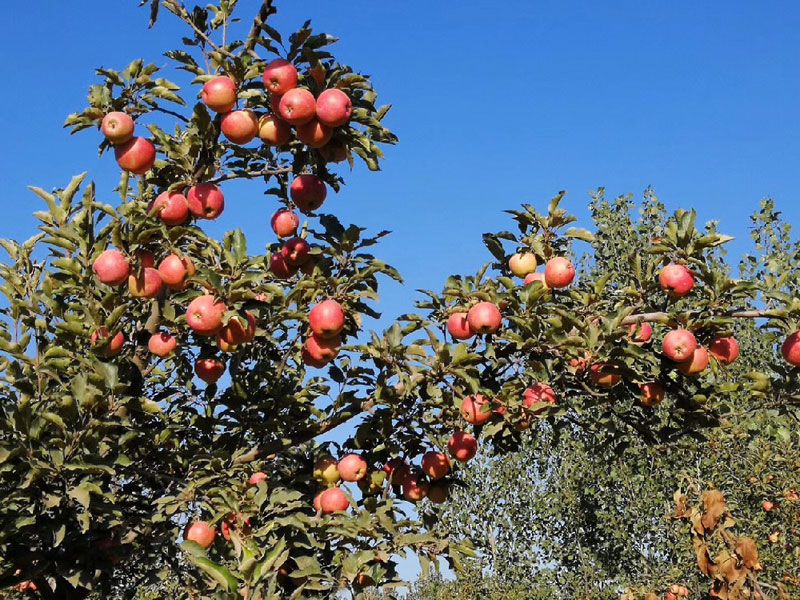
The wind speed sensor is primarily used to measure air flow velocity within the orchard. Apple flowering, pollination, and fruit development stages are particularly sensitive to wind speed—excessive wind can cause flower and fruit drop, branch breakage, while low wind speeds can hinder air circulation and promote pest and disease proliferation.
Through wind speed monitoring, the system can issue timely warnings before strong winds arrive, reminding farmers to reinforce windbreak facilities or take spray protection measures to ensure tree safety.
The wind direction sensor is used to detect changes in wind direction, providing a basis for orchard protection and pesticide application.
When spraying pesticides or foliar fertilizers, understanding wind direction can effectively prevent spray drift, reducing waste and environmental pollution. Additionally, wind direction data can be used to analyze pest and disease spread paths, offering scientific evidence for orchard disease prevention and control.
This sensor integrates three key meteorological elements: temperature, humidity, and atmospheric pressure, serving as the core monitoring device for orchard climate regulation.
- Temperature data helps determine the flowering and fruit bulking periods of trees, guiding the use of frost blankets or shade nets;
- Humidity monitoring assists in tracking air dryness and wetness changes, preventing prolonged dampness from fostering mold growth;
- Atmospheric pressure variations aid in predicting weather trends, providing references for orchard irrigation and pest control.
The rainfall sensor adopts a tipping bucket structure for accurate monitoring of rainfall amount and intensity.
Apple orchards have strict water management requirements; excessive rainfall can lead to root waterlogging and insufficient oxygen supply, affecting fruit quality. Through rainfall data, the system can automatically determine whether drainage is needed or irrigation should be paused, enabling intelligent scheduling for integrated water and fertilizer management.
The illuminance sensor measures light intensity in the orchard.
Light is a key factor in sugar accumulation and fruit coloration for apples, with varying needs across different growth stages. Illuminance data helps farmers decide whether to adjust canopy pruning methods, lay reflective films, or install shade nets, thereby optimizing light distribution, improving fruit quality, and enhancing uniformity.
The solar radiation sensor monitors the total radiant energy received per unit area, reflecting the orchard's overall energy input.
This data is crucial for assessing photosynthesis intensity, transpiration rates, and fruit development speed. Combined with temperature and humidity data, farmers can precisely identify "sunburn risks" and take preventive measures in advance to avoid high-temperature radiation damaging fruit skin.
This is a multifunctional sensor integrating soil temperature, humidity, and conductivity (EC) monitoring, serving as a key device for precise irrigation and fertilization in orchards.
- Soil temperature affects root absorption activity and microbial metabolism;
- Soil humidity determines irrigation cycles and water regulation;
- Conductivity (EC) reflects soil salt content, preventing "salt damage" from prolonged fertilization.
Through real-time data collection and analysis, the system can automatically adjust irrigation duration and fertilizer concentration based on thresholds, achieving precise water and fertilizer application.
Soil pH is an important indicator affecting apple root absorption capacity and nutrient balance. Different pH levels influence the solubility of elements like calcium, iron, manganese, and magnesium, potentially causing issues such as "yellow leaf disease" or "fruit rust."
Through soil pH sensor monitoring, farmers can scientifically apply lime or ferrous sulfate to maintain soil pH in the optimal range of 6.0–6.8, thereby enhancing tree health and fruit flavor.
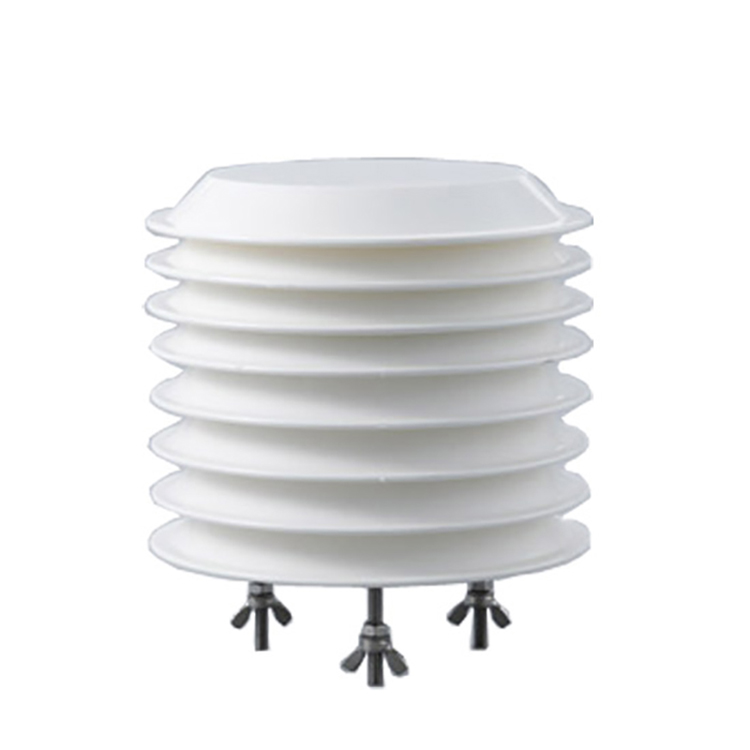 | 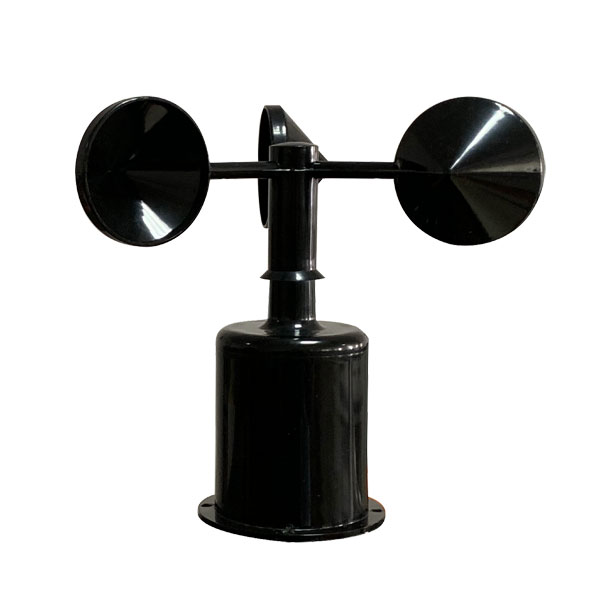 | 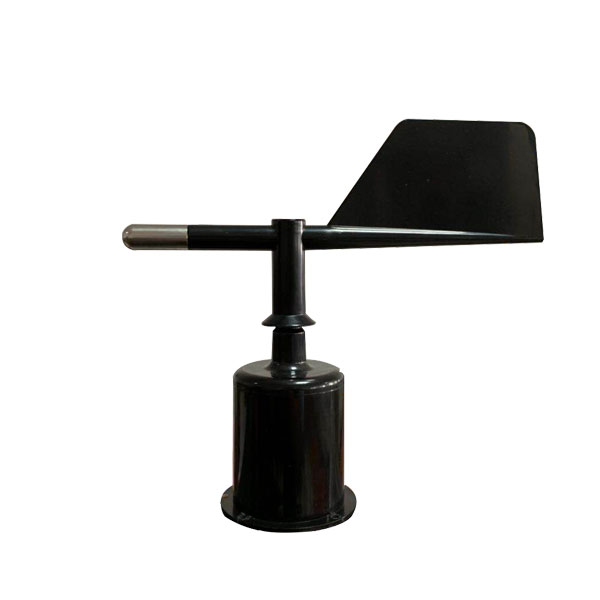 | 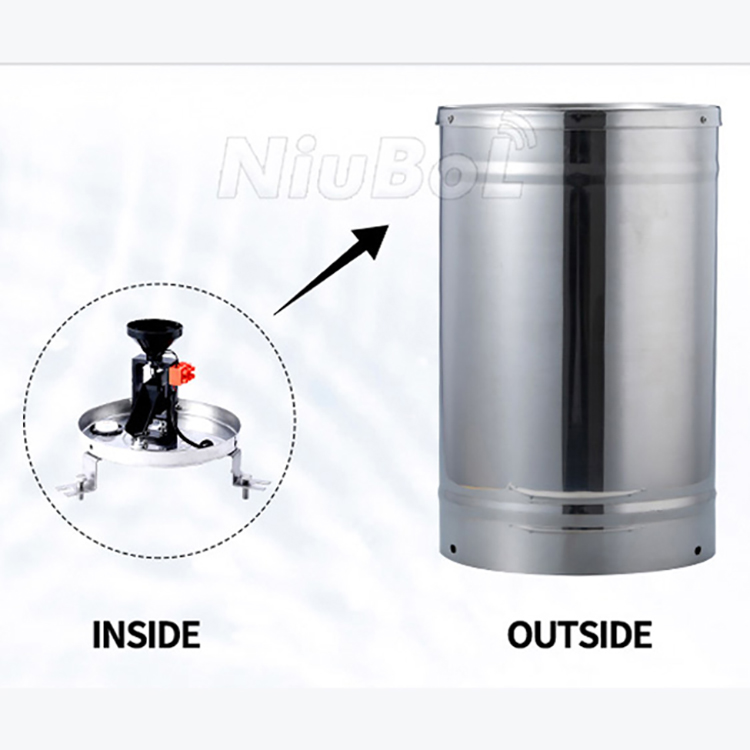 |
| Atmospheric Temperature Humidity pressure Sensor | Anemometer Wind Speed sensor | Wind direction sensor | Rain gauge |
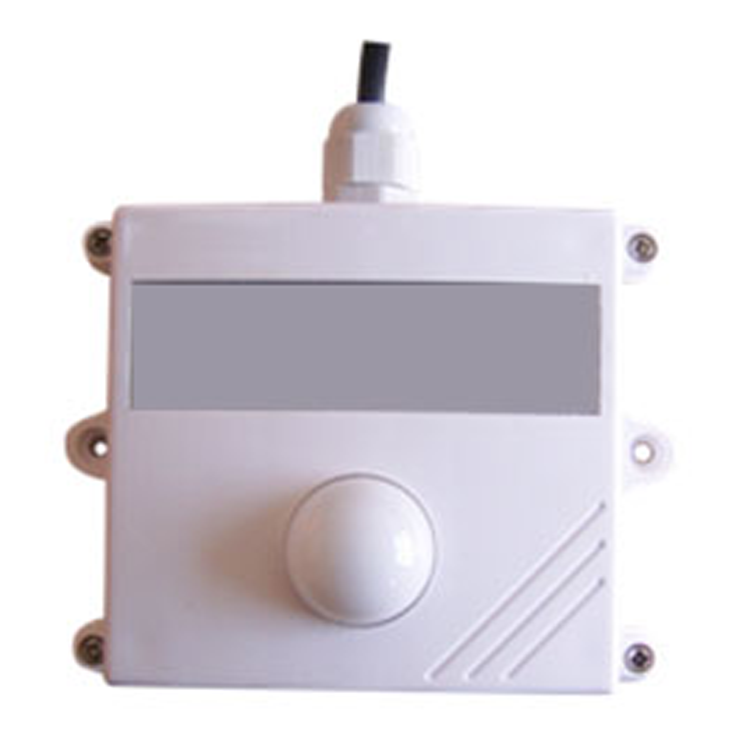 | 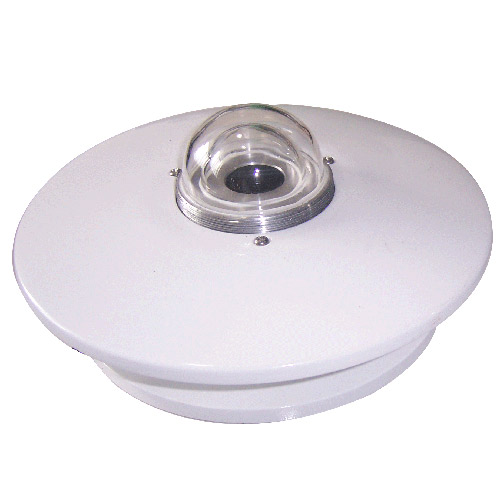 | 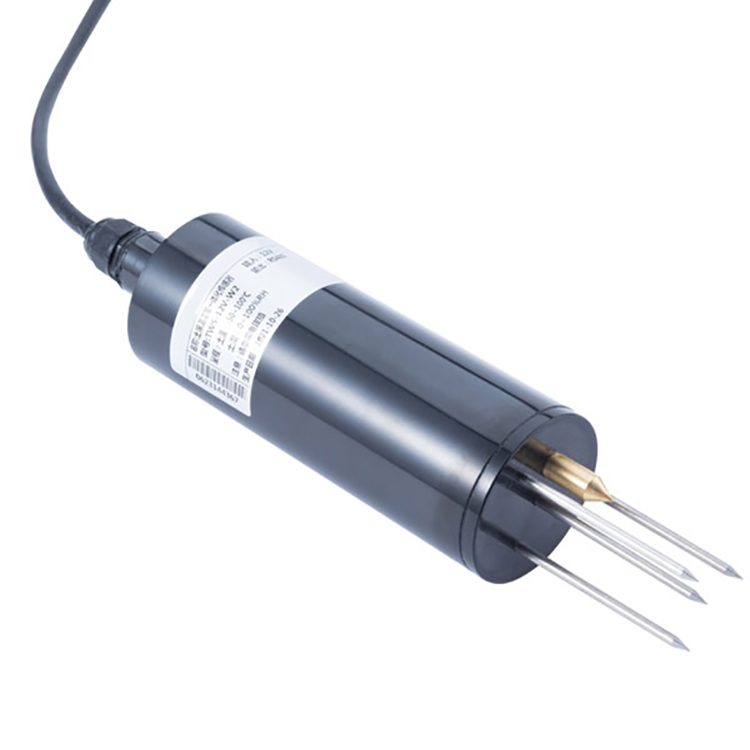 | 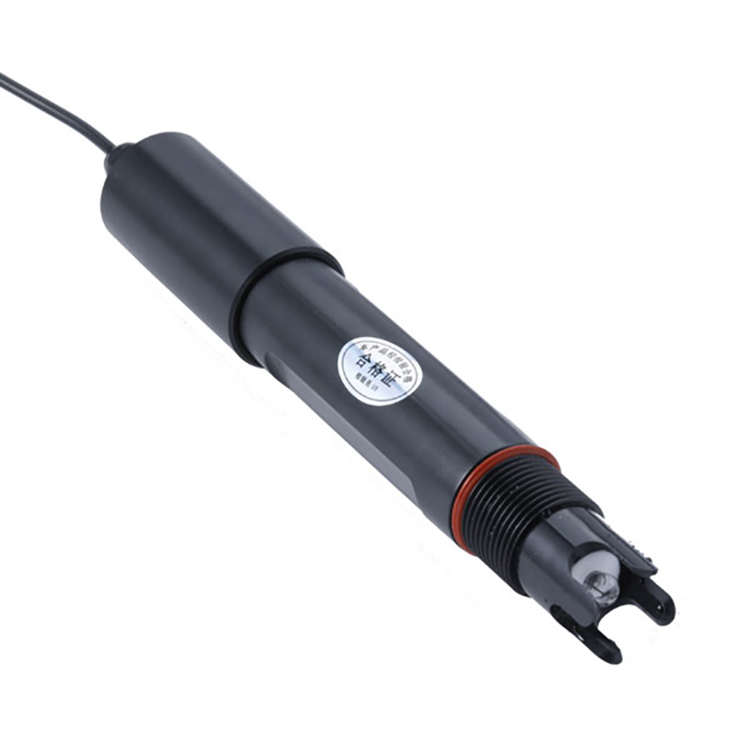 |
| illumination sensor | Solar Radiation Sensor | Soil Moisture Temperature sensor | Soil pH sensor |
The Niubol Agricultural Weather Station adopts a modular design and is installed in an open area at the center of the apple orchard, avoiding obstructions from buildings and large trees to ensure data representativeness.
All sensors are connected to the data acquisition host via RS485 bus, with the host uploading data in real-time to the cloud platform via 4G network. Farmers can log in via mobile phones or computers to view real-time data on temperature, humidity, rainfall, light, wind speed, soil status, and more, while receiving automated alerts.
During installation, technicians deploy monitoring points based on the orchard's terrain, ensuring compliance with standards for wind speed, light, and soil sensor positions. All equipment features IP65 protection rating, enabling stable operation in rain, snow, extreme heat, and high humidity environments.
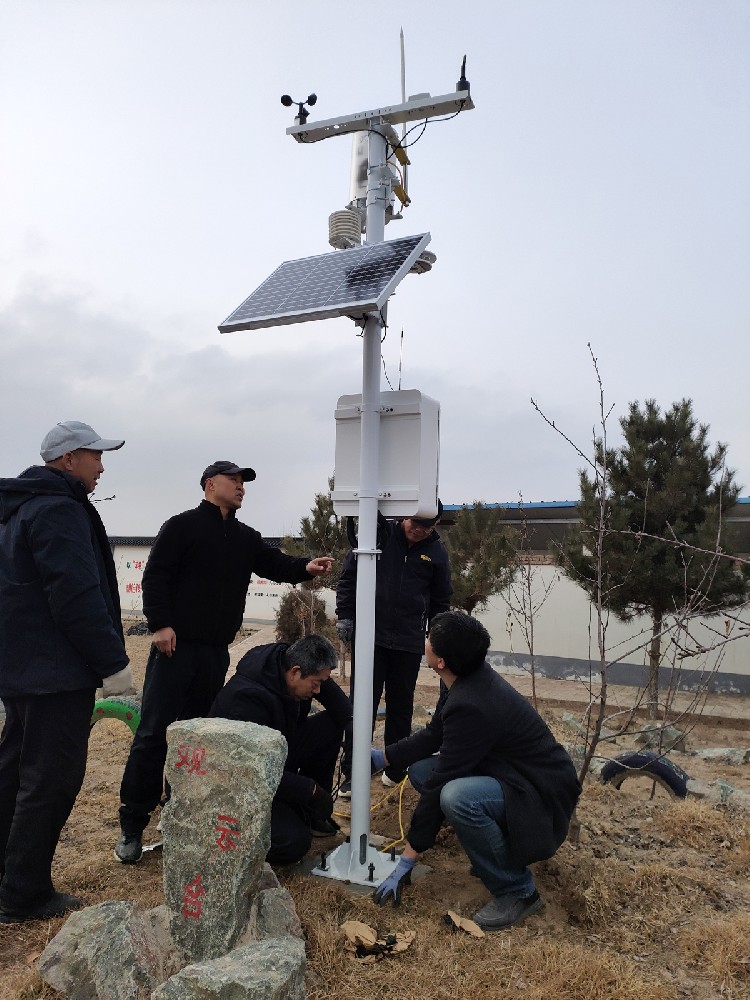
Since the Niubol Agricultural Weather Station was put into use, the orchard has transitioned from "experience-based planting" to "data-driven planting." Through multi-parameter linkage analysis, managers can:
- Precisely predict frost risks and take protective measures in advance;
- Automatically adjust irrigation based on soil humidity, achieving over 30% water savings;
- Adjust pruning strategies according to light intensity, improving fruit coloration uniformity by 20%;
- Effectively reduce pest and disease incidence through integrated meteorological and soil data analysis;
- Establish an annual climate database to support variety improvement and cultivation model optimization.
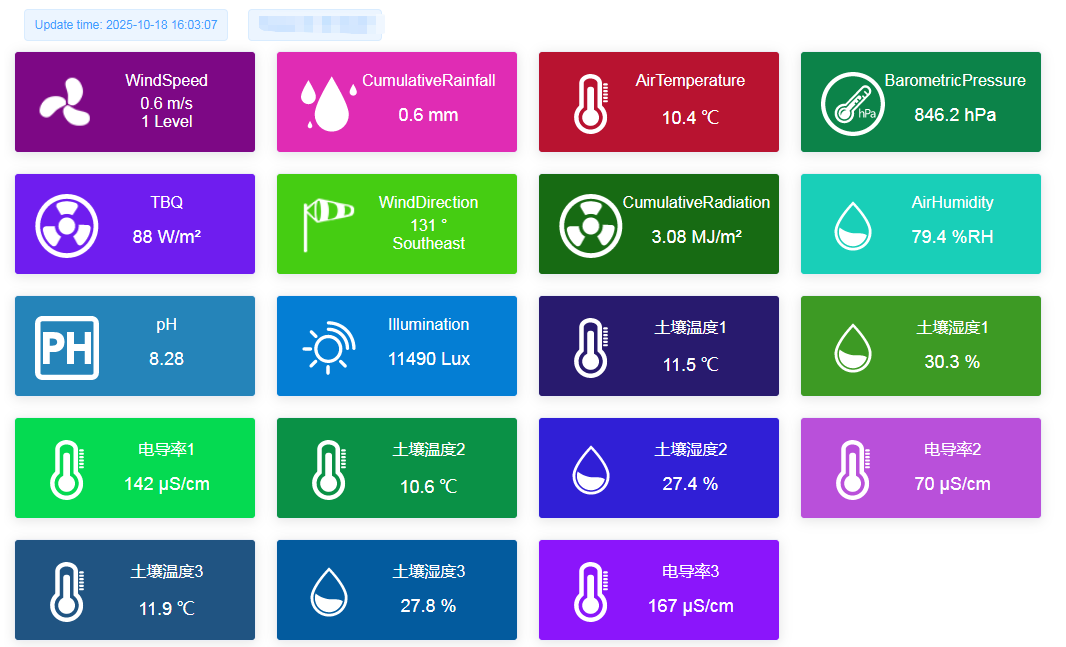
The successful application of the Niubol Agricultural Weather Station in apple orchards fully demonstrates the value of IoT technology in modern agriculture.
Through real-time monitoring and intelligent analysis of key elements such as wind, light, temperature, humidity, rain, and soil, farmers can not only grasp microclimate changes in the orchard but also achieve precise irrigation, scientific fertilization, and disease alerts. The introduction of this system not only improves apple yield and quality but also provides a solid data foundation for sustainable orchard operations. In the future, Niubol will continue to promote smart agriculture solutions, offering efficient and reliable environmental monitoring support for more orchards, farms, and agricultural research projects.
Prev:Application Case of 7-in-1 Ultrasonic Multi-Parameter Weather Sensor
Next:Weather Station and Soil Sensors Successfully Deployed in Cambodia
Related recommendations
Sensors & Weather Stations Catalog
Agriculture Sensors and Weather Stations Catalog-NiuBoL.pdf
Weather Stations Catalog-NiuBoL.pdf
Related products
 Combined air temperature and relative humidity sensor
Combined air temperature and relative humidity sensor Soil Moisture Temperature sensor for irrigation
Soil Moisture Temperature sensor for irrigation Soil pH sensor RS485 soil Testing instrument soil ph meter for agriculture
Soil pH sensor RS485 soil Testing instrument soil ph meter for agriculture Wind Speed sensor Output Modbus/RS485/Analog/0-5V/4-20mA
Wind Speed sensor Output Modbus/RS485/Analog/0-5V/4-20mA Tipping bucket rain gauge for weather monitoring auto rainfall sensor RS485/Outdoor/stainless steel
Tipping bucket rain gauge for weather monitoring auto rainfall sensor RS485/Outdoor/stainless steel Pyranometer Solar Radiation Sensor 4-20mA/RS485
Pyranometer Solar Radiation Sensor 4-20mA/RS485
Screenshot, WhatsApp to identify the QR code
WhatsApp number:+8615367865107
(Click on WhatsApp to copy and add friends)
